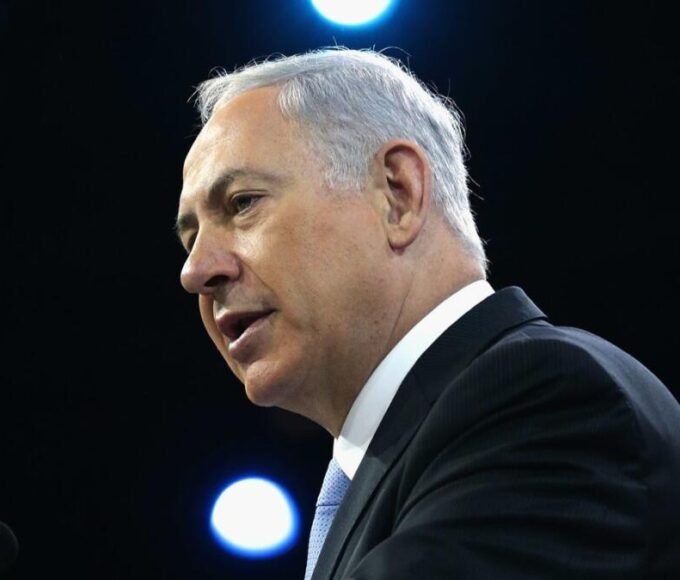Table of Contents
A Hidden Restriction Surfaces
In a move that has quietly but profoundly impacted the Ukraine conflict, the Pentagon has been blocking Ukraine from using U.S.-made long-range Army Tactical Missile Systems (ATACMS) to strike targets deep inside Russia for several months. This restriction, revealed by U.S. officials, limits Kyiv’s ability to employ one of its most powerful weapons against Moscow’s ongoing aggression.
The decision, reportedly pending high-level approvals within the Defense Department, reflects the complex calculus Washington faces in balancing military support for Ukraine and diplomatic efforts to bring about peace.
The Origins of the Ban
Since late spring 2025, Ukraine has sought permission to deploy ATACMS missiles beyond the frontlines, targeting critical Russian military infrastructure. However, the Pentagon’s approval process effectively put a stop to these operations; on at least one occasion, an attempted missile strike was denied.
The rationale includes concerns over escalating the conflict and provoking retaliation, as well as maintaining leverage in stalled peace negotiations backed by former U.S. President Donald Trump and other international actors.
Trump’s Role and Growing Frustration
Donald Trump, having hosted summits with both Vladimir Putin and Volodymyr Zelensky, has publicly expressed frustration over the three-year-long war’s lack of resolution. His administration’s efforts to broker a ceasefire faltered, and facing stalemate, Trump hinted at imposing major sanctions or even stepping away from peace talks.
This backdrop sets the context for the Pentagon’s cautious stance on missile deployment, highlighting internal tensions between military pragmatism and political pressure to escalate.
The Impact on Ukraine’s War Effort
For Ukraine, the ban on ATACMS strikes deeply restricts its evolving strategy to target Russian supply lines, command centers, and logistical hubs deep inside enemy territory. Without the ability to hit these distant but crucial nodes, Ukraine faces greater challenges in degrading Moscow’s offensive capabilities.
Military analysts suggest that ATACMS missiles offered a game-changing advantage by enabling precision strikes hundreds of kilometers away, thereby stretching Russian defenses thin.
The Decision-Making Process and Final Authority
Defense Secretary Pete Hegseth holds the final authority over approving or denying the use of these long-range weapons. The decision is influenced not only by military considerations but also by diplomatic sensitivities and the White House’s broader foreign policy goals.
The Obama and Biden administrations’ cautious approach to direct escalation contrasts with early Trump-era rhetoric encouraging a hardline approach, reflecting the nuanced balance of U.S. interests.
Diplomatic Challenges and Peace Talks Stalemate
Efforts to convene a summit between Putin and Zelensky have repeatedly faltered due to lack of agreed agendas and mutual mistrust. Russian Foreign Minister Sergei Lavrov has indicated readiness only if preconditions are met, while Ukraine demands Russian withdrawals and reparations.
Meanwhile, the Pentagon’s actions signal an effort to keep military escalation in check as diplomatic channels attempt to open—even if progress remains slow and uncertain.
Global Reactions and Security Implications
The revelation of missile restrictions has prompted mixed reactions internationally. Some NATO allies worry that limiting Ukraine’s options weakens the frontline resistance against Russian aggression. Others express concern about the risks of wider war escalation, especially given Russia’s nuclear capabilities.
International organizations continue to call for diplomatic solutions while monitoring battlefield developments carefully.
What This Means for the Future
As Ukraine adapts to the constraints, the focus is shifting toward new weapons, intelligence sharing, and coalition support. Innovations like drone warfare, cyber operations, and conventional artillery remain key to Ukraine’s resilience.
Yet it is clear that the Pentagon’s block on missile use represents a significant chokepoint in U.S. military assistance—a reminder of the limits inherent in proxy conflicts and complex global diplomacy.
Human Perspective: The Toll of War and Policy Decisions
Beyond military hardware and politics lie the lives of soldiers and civilians caught in the crossfire. Restrictions that affect the battlefield directly impact troop safety and morale, while prolonged conflict continues to cause immense human suffering.
Understanding these decisions requires empathy for both strategic commitments and the human cost they entail.
Conclusion: Navigating a Complex Battlefield
The Pentagon’s blocking of Ukraine’s long-range missile strikes in Russia is a poignant example of the intricate interplay between military necessity, diplomatic strategy, and global security concerns. As the conflict continues, Washington must balance support for Ukraine’s sovereignty with caution over escalation risks.
With peace talks stalled and fighting ongoing, this story reflects the challenges of navigating modern warfare, alliances, and geopolitical interests in a turbulent world.
Read More: ISRO’s Gaganyaan Test Signals India’s Space Exploration Leap











Leave a comment